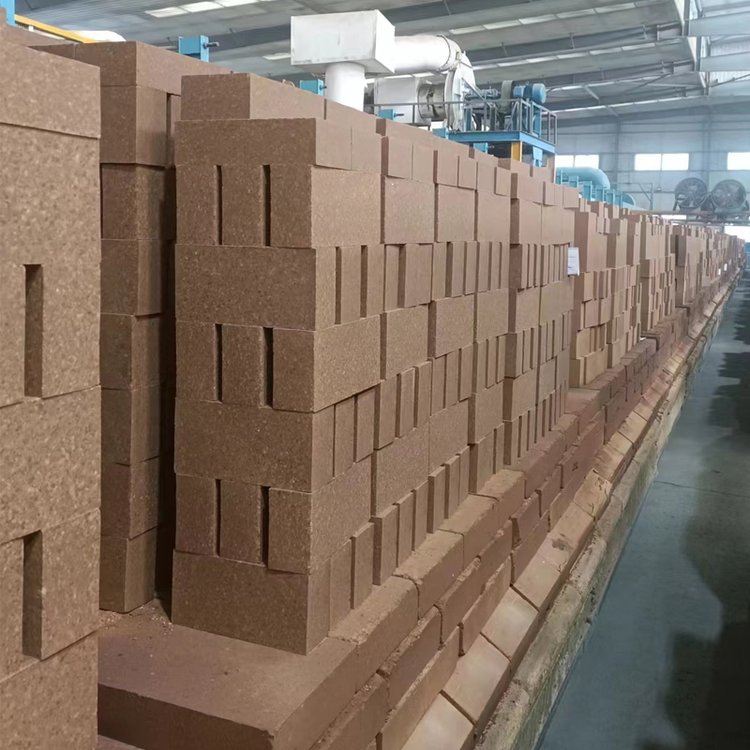Refractory Bricks: The Backbone of High-Temperature Industry Performance
In every high-temperature industrial process—whether in steelmaking, cement production, or glass manufacturing—the integrity of the operation relies on one critical component: refractory bricks. These bricks form the protective lining in furnaces, kilns, and reactors, shielding structural elements from extreme heat, thermal shock, chemical corrosion, and mechanical wear.
As global industrial standards evolve, refractory bricks continue to adapt. From traditional fire clay bricks to high-purity alumina, silica, magnesia, and zircon-based compositions, the refractory bricks used today are highly engineered products, designed with specific performance characteristics for environments exceeding 1600°C.

Designed for Durability and Precision
The formulation and manufacturing of refractory bricks involves more than just heat resistance. Modern refractory bricks are engineered for:
Thermal stability to withstand rapid temperature fluctuations
Chemical resilience against aggressive slags, acids, and alkalis
Mechanical strength under continuous load and abrasion
Low thermal conductivity, improving energy efficiency in high-temperature operations
The mineral content of refractory bricks—such as mullite, corundum, or magnesia—determines their suitability for specific processes. For example, alumina-based refractory bricks deliver excellent abrasion resistance, while magnesia bricks excel in basic slag environments like steel ladles and cement rotary kilns.
Sectors Driving Demand Growth
Major industries such as iron and steel, cement, petrochemical, energy, non-ferrous metals processing, and waste incineration rely heavily on refractory bricks to maintain productivity and safety standards. With growing emphasis on sustainability and operational efficiency, companies are increasingly investing in high-performance refractory bricks to reduce downtime and energy consumption, while extending service life and furnace campaign duration.
Emerging markets in Southeast Asia, Africa, and the Middle East are also creating a surge in demand for refractory bricks, as new infrastructure and heavy industry capacities continue to develop.

Innovation in Refractory Technology
Advanced manufacturing technologies now allow precision control over the microstructure of refractory bricks. Features like low-porosity structures, high-density pressing, and thermal shock-resistant design are becoming standard. Companies are also integrating new bonding agents and applying pre-firing treatments to ensure uniform strength and dimensional accuracy across every batch of refractory bricks.
With the increasing use of hydrogen-based steelmaking, waste-to-energy plants, and EV-related metal refining, refractory bricks are being reformulated to withstand new thermal and chemical stress environments.
A Future Shaped by Efficiency and Sustainability
The development of environmentally conscious refractory materials, including low-carbon and recyclable refractory bricks, is also underway. Manufacturers are adopting energy-efficient kiln technologies and implementing circular models, where spent refractory bricks are processed and reused instead of added to landfill.
Inquiry Now
Please leave your e-mail and we will contact you as soon as possible
contact us
Your satisfaction is our top priority. Whether you have questions, need support, or want to share feedback, our dedicated team is ready to assist you every step of the way.